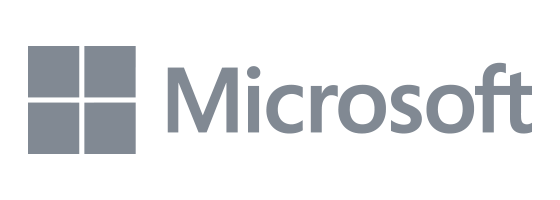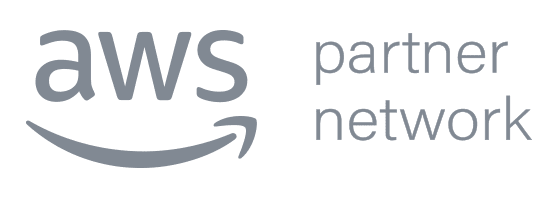How to Host Node.js Applications on Plesk Obsidian

If you are considering providing Node.js application hosting as a service to your customers or if you would like to use Plesk to automate hosting Node.js applications you are developing, we’ve got good news for you. Plesk comes with a…

















